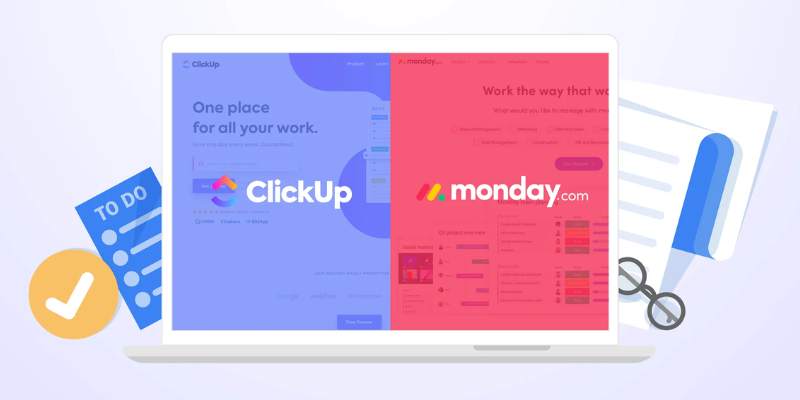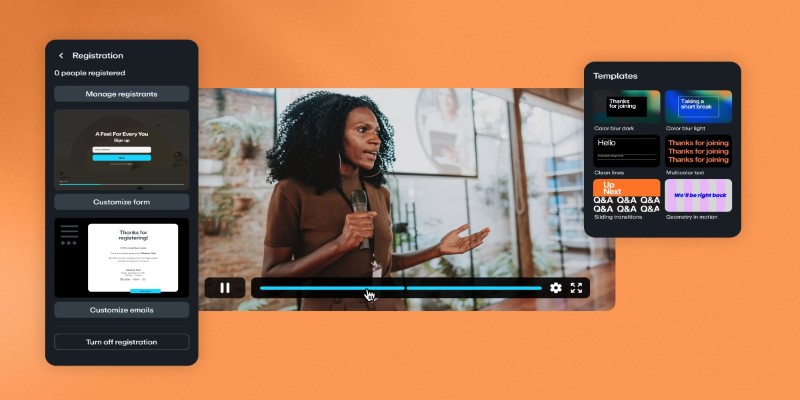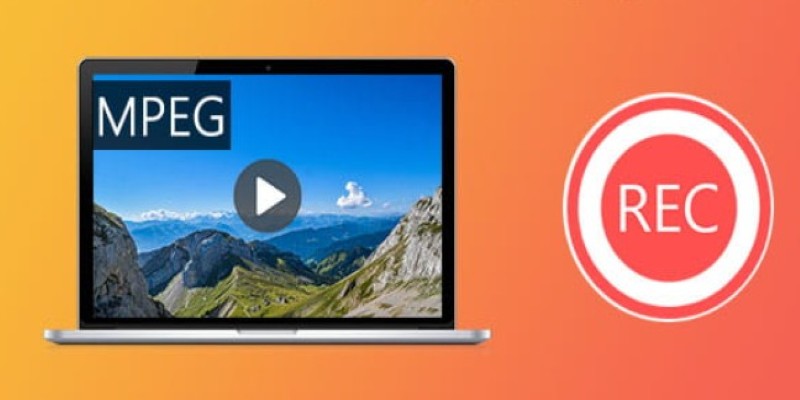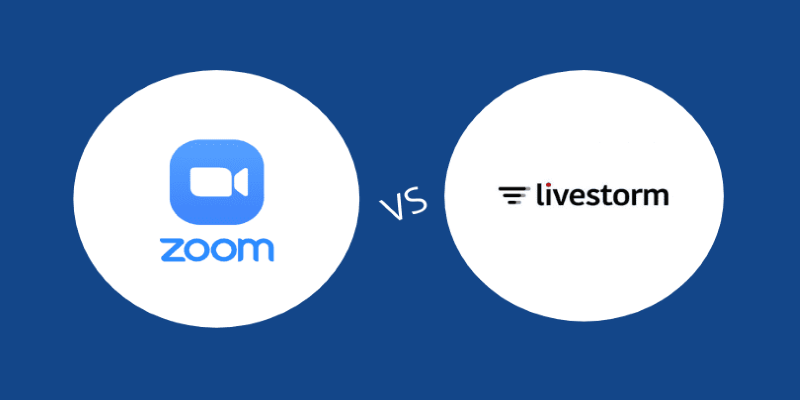ConvertKit vs. ClickFunnels: Which Platform Wins in 2025?
Advertisement
As we look ahead to 2025, the digital marketing environment is changing swiftly, and the major platforms leading the charge are more energetic than ever. Among the standout players still capturing attention are ConvertKit, now rebranded as Kit and ClickFunnels. Both are potent tools, each catering to different types of users and needs. This article closely examines what sets these two platforms apart and where they overlap, comparing nowKit and ClickFunnel straightforwardly. Whether you're just starting to build an email list or designing a sophisticated sales funnel, a solid understanding of these tools will help you choose the best one for your goals.

ConvertKit Uses: A Simpler Approach to Email and Automation
ConvertKit, now just called Kit, is known for being a straightforward and easy-to-use email marketing tool. It's especially popular among bloggers, YouTubers, and online course creators because it offers simple features that don't need much tech know-how. Even as Kit has added more features by 2025, it maintains its main goal: making email campaigns and automation easy. With visual automation builders, subscriber tagging, and personalized messaging, it remains a favorite among solo entrepreneurs and small teams who want to get things done without the fuss.
Making the Right Call for Your Marketing in 2025
In 2025, choosing between ConvertKit and ClickFunnels depends on how you want to grow your brand. If you love connecting with your audience through smart, personalized emails, then ConvertKit might be your best bet. On the other hand, if you're more about building sales funnels and pushing products fast, ClickFunnels could be more up your alley. Both are powerful tools but figuring out what your business needs most will help you pick the right one and set you up for long-term marketing success.
ClickFunnel Uses: Sales Funnels for the Business-Minded
On the other hand, ClickFunnels is primarily geared toward helping businesses build high-converting sales funnels. While it does include email marketing features within its platform, it focuses on creating and launching landing pages, checkout processes, and webinar funnels. If you're a business owner looking to sell products, generate leads, or automate webinars, ClickFunnels might fit your needs better. It also offers tools like A/B testing and upsell/down sell sequences, which are handy for running aggressive sales campaigns.
Comparison of NowKit and ClickFunnel: What's New in 2025?
When comparing nowKit and ClickFunnel in detail, mainly focusing on what's new for 2025, it's important to emphasize the recent updates that keep these platforms competitive. Both have rolled out upgrades to meet the shifting demands of the market. NowKit (formerly ConvertKit) offers more flexible design options for emails and landing pages. Plus, it introduces a compact CRM feature that helps creators better manage customer interactions. ClickFunnels 2.0 has become more smoothly integrated with AI technologies and analytics tools. Users can now receive intelligent suggestions for optimizing funnels and even automate copywriting with machine learning capabilities.
Pricing and Value: Where Does Your Money Go?
Pricing is sometimes a big sticking point for a lot of people. In 2025, Kit stays budget friendly. Its basic plan lets you handle email lists, send broadcasts, and set up simple automation—all without draining your wallet. On the other hand, ClickFunnels might cost a bit more, but it packs many features in one place. You're not just paying for email campaigns or landing pages—you get a complete system that handles payments, courses, and even affiliate management. If you're aiming to create and sell products within a full-on sales setup, ClickFunnels might be worth the price. But if your primary focus is emailing marketing, ConvertKit offers a straightforward approach, giving you just what you need without extra fluff.
Design and Ease of Use: Creator vs. Seller Mindset
When comparing ConvertKit and ClickFunnels, the main difference is user experience. ConvertKit offers a clean, simple, and user-friendly interface, making it easy for most people to start building email workflows immediately without much training. On the other hand, ClickFunnels provides a higher level of customization, but it can be overwhelming at first. Its dashboard is more detailed and complex, especially if you're new to funnel building. However, once you get comfortable with its drag-and-drop editor and pre-designed funnel templates, it becomes quite accessible and efficient. ConvertKit is the better choice if you value straightforward simplicity. But if you like experimenting with different layouts, upsells, and multiple funnel pages, ClickFunnels offers more flexibility to explore and customize.

Support and Learning Curve: Who Helps More?
Another key aspect to consider when comparing nowKit and ClickFunnel is their customer support. Kit's support team is known for responding quickly and customized explicitly to creators' needs. They provide helpful guides, instructional videos, and even live webinars to help you get the most out of the platform. On the other hand, ClickFunnels offers strong support as well, but it tends to focus more on self-guided learning through courses and community forums. Their resources, like FunnelFlix, are designed for marketers who want to dive deeper into strategies and best practices. Depending on your preferred learning style, you might appreciate Kit's quick answers or the rich training materials from ClickFunnels.
Final Thoughts: Which One Should You Pick?
Can you decide between ConvertKit and ClickFunnels? It depends on what you're aiming for. If you're a content creator wanting to grow your audience and send out engaging emails, ConvertKit is perfect, with a solid set of features that are easy to use. On the other hand, if you're running an eCommerce site or coaching business and need more complex funnels with multiple steps, then ClickFunnels might be better for you. It's like an all-in-one toolkit that helps your business grow beyond email marketing. Some folks even use ConvertKit to handle emails and ClickFunnels to build sales funnels. But if you've only got room for one, just think about what your business needs right now and choose accordingly.
On this page
ConvertKit Uses: A Simpler Approach to Email and Automation Making the Right Call for Your Marketing in 2025 ClickFunnel Uses: Sales Funnels for the Business-Minded Comparison of NowKit and ClickFunnel: What's New in 2025? Pricing and Value: Where Does Your Money Go? Design and Ease of Use: Creator vs. Seller Mindset Support and Learning Curve: Who Helps More? Final Thoughts: Which One Should You Pick?Advertisement
Related Articles

ClickUp Vs. Monday: Best Project Management Tool to Use in 2025

Why Should You Use Buffer for Social Media?

Top Webinar Platforms That Make Hosting Events Easy

Avidemux – The Complete Tutorial and Review for Beginners

Yahoo Mail vs. Gmail: A Simple 2025 Comparison

How to Easily Export iMovie Projects as MP4 Files on Mac and iPhone

ConvertKit vs. ClickFunnels: Which Platform Wins in 2025?

FreshBooks vs. Xero: Which Accounting Software is Best in 2025?

Watch Later in MKV: 8 Tools to Save HD Movies Instantly

Top 8 MPEG Recorders for Computer Users – Simple and Reliable Choices

The Comparison between Livestorm and Zoom

 novityinfo
novityinfo